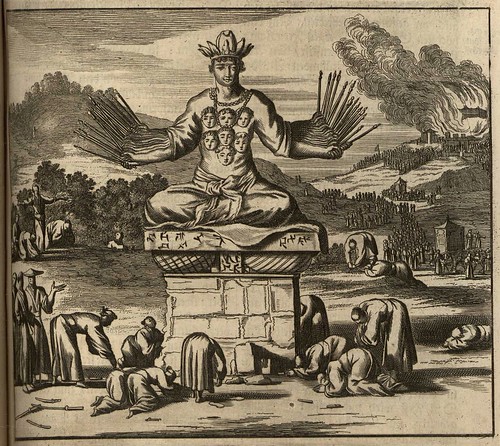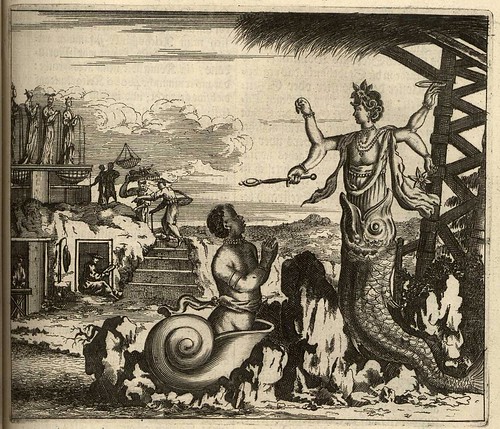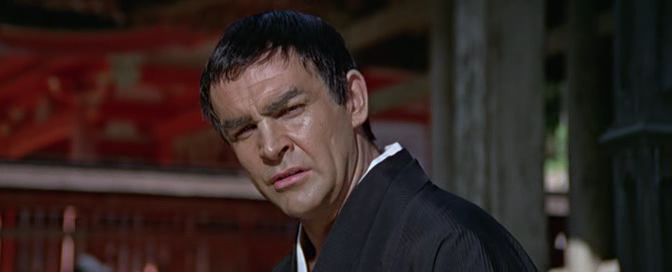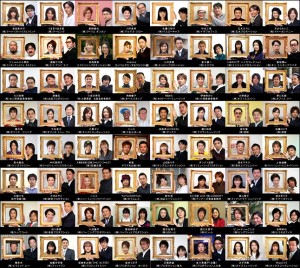Japan has long had an aviation policy which favors airplanes as a mode of mass transit, and favors big carriers like ANA and JAL. You can view this as populist or pro-corporate, or perhaps both. But one thing is for certain: private aviation has never been able to take off here, despite all the wealth and business available to support it.
As late as the mid-90s, long-haul private jet flights had their pick of five daily slots at Narita which were shared with charter flights, making it impossible to fly in and out of Tokyo without a couple months’ notice — enough to make US biz-jet industry representatives complain to Congress. Even for domestic flights today, the flight plan must be filed with the Ministry of Land, Infrastructure and Transport a week or so before the flight, making it impossible to just jet around the country at short notice.
Another key problem is the lack of available facilities. Most huge cities around the world have airports with little or no scheduled service which can serve private planes almost exclusively: New York (Teterboro and Westchester), London (Luton and Farnborough), Paris (Le Bourget), Los Angeles (Van Nuys), Miami (Kendall) and Atlanta (DeKalb) have all gotten it right. The closest thing in Tokyo is the tiny airport in Chofu, which isn’t big enough to handle business jets and can’t be expanded due to the surrounding city area. (The situation is easier in Japan’s secondary cities, though–Osaka has the giant Yao Airport and the new Kobe Airport, and Nagoya’s old Komaki Airport offers many slots for private flights now.)
It isn’t even practical to keep a business aircraft on the ground in most parts of Japan because of high landing and parking costs. The Japanese business jet charter industry, inasmuch as it exists, largely relies on planes and crews based in Guam or other cheaper locales which are close enough to be halfway practical.
Still, Japan has an active Business Aviation Association which has been lobbying to make the government’s policies more friendly to small planes. Just last month, JBAA sent MLIT’s aviation bureau a request to upgrade Tokyo’s airports for easier use by private aircraft–mainly focusing on better facilities at Haneda and more slots at Narita.
The most interesting component of JBAA’s efforts is their proposal to upgrade of a third Tokyo airport for use by business aircraft. There has been much-publicized talk over setting up a big third airport to serve commercial traffic as well, but if the third airport’s role is downscaled a bit, more options become available. One thing you might not know about Tokyo is that it already has a ton of airports–at least ten within a couple hours’ drive of the city center. A good handful are enormous and can theoretically accommodate planes of all sizes. The only problem is that most of them are used for military/defense purposes. Here’s a Google Maps mashup I threw together to illustrate the options available.
The JBAA has centered its lobbying efforts around the four largest military bases: Yokota, Kisarazu, Shimousa and Atsugi. Each is about as far from Tokyo as Narita (in the 50-90 minute range) and fairly well-situated for access by road (assuming someone who can afford a jet will at least spring for a limo to the airport).
Of course, there are problems inherent to any such proposal. These fields would have to be vacated or at least significantly ceded by defense units which seem to like their digs, and which might do more for the neighborhood economy than a collection of Learjets and Cessnas would. There’s also the ongoing presence of community protesters to consider–the same folks who forced Itami Airport to stop accepting 747s could easily derail plans to keep a vacated defense facility alive. And, of course, we live in a time when private jets often seem like an unacceptable luxury for many of the businesses which used them with reckless abandon just a couple of years ago.







